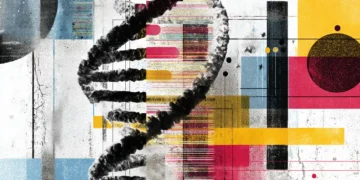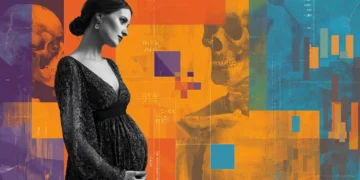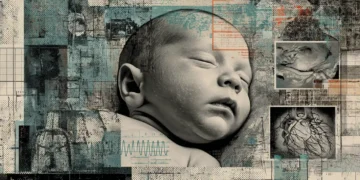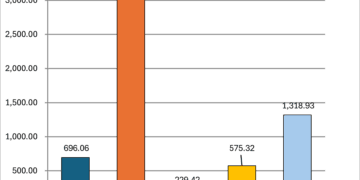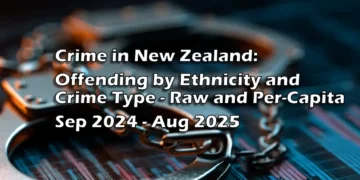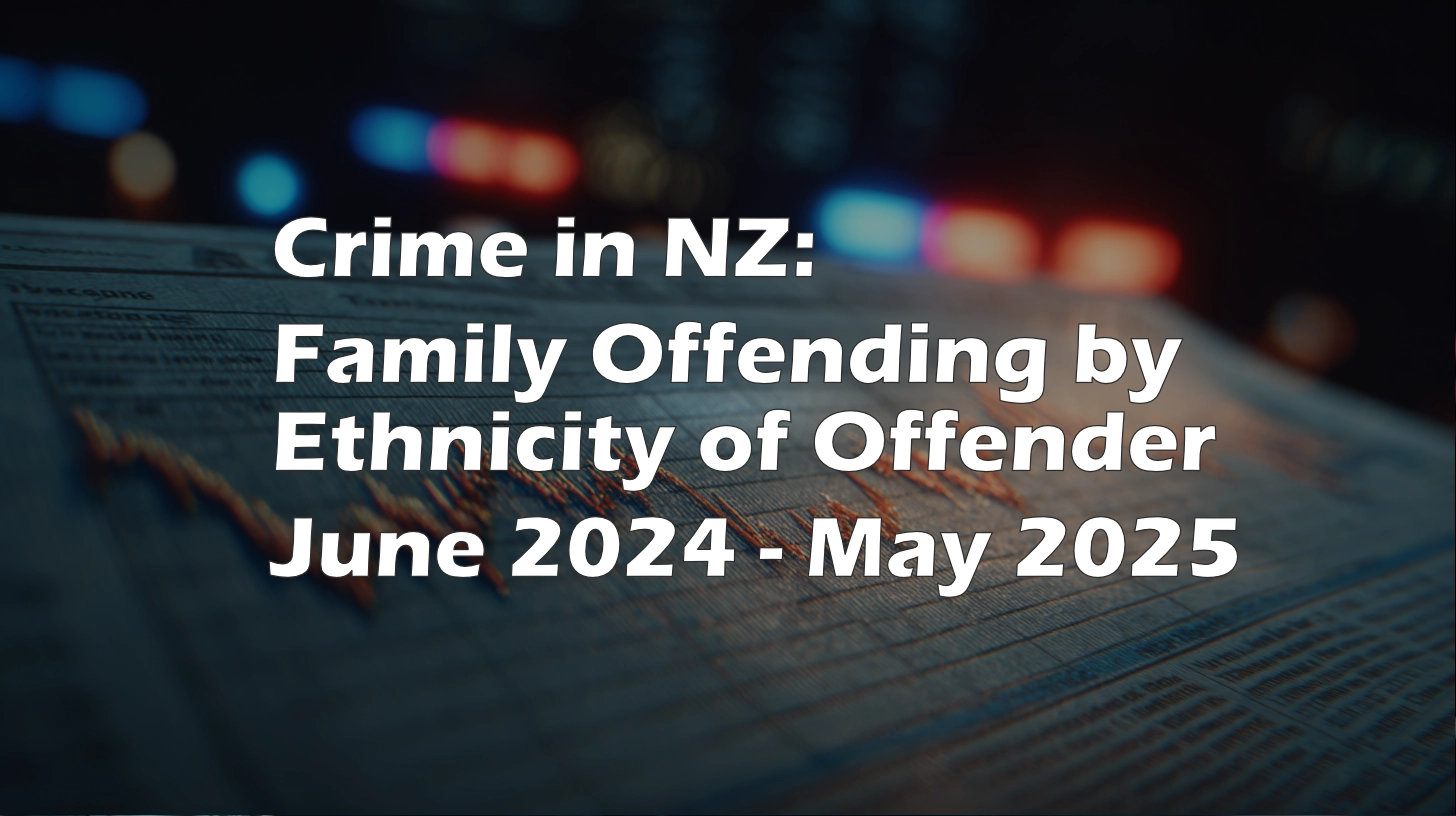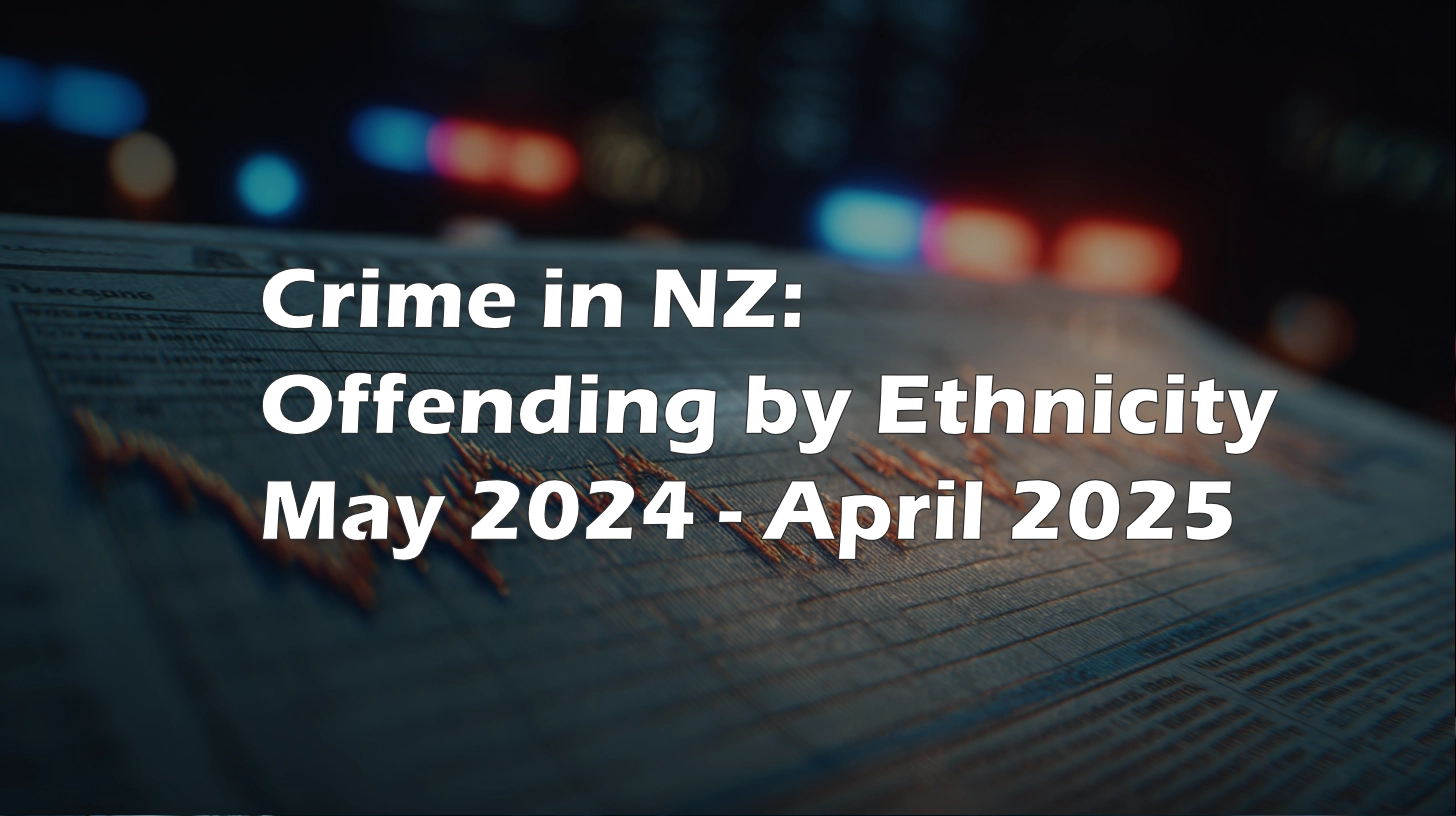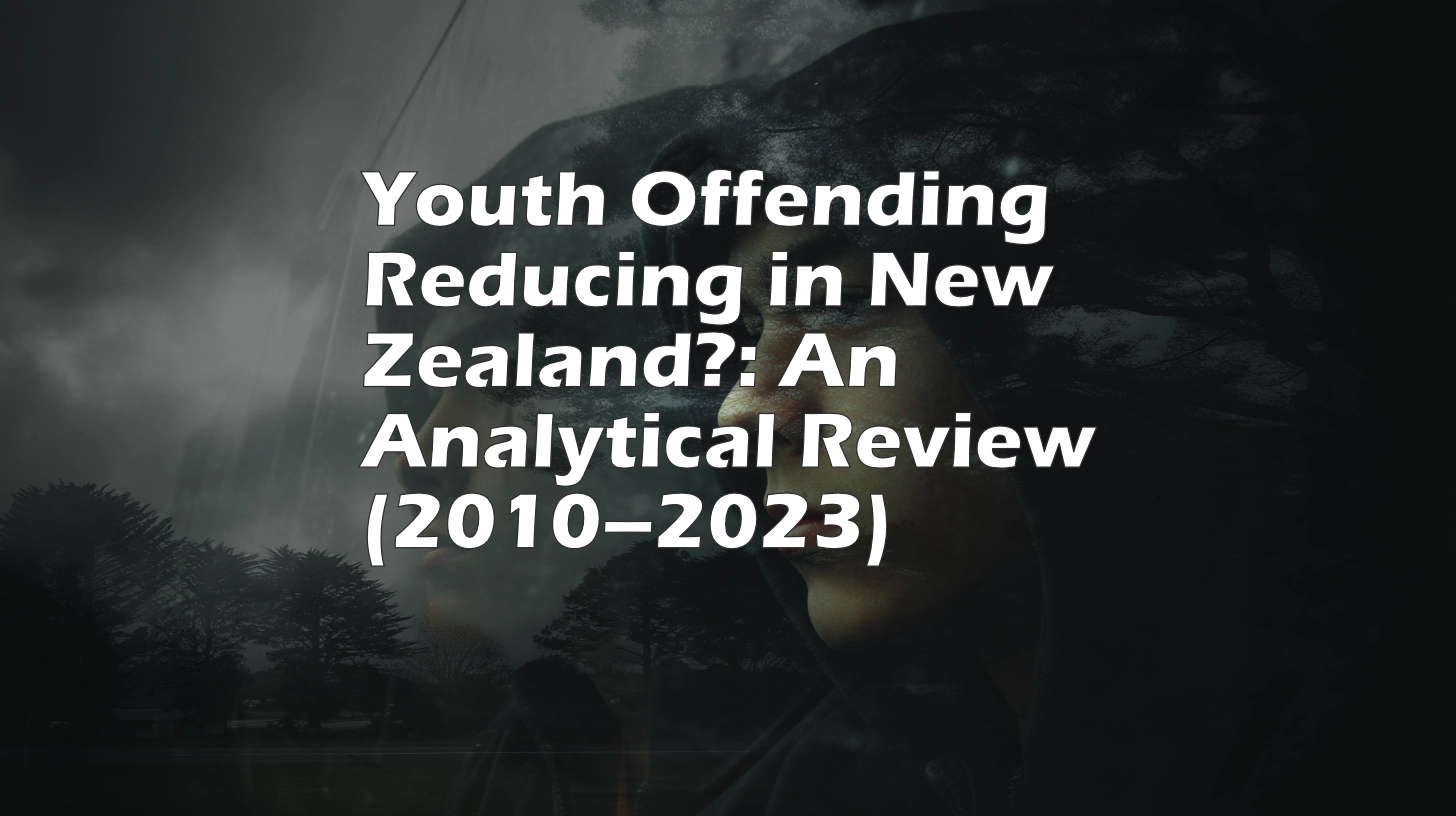Introduction
The Law Commission has released its Ia Tangata report (NZLC R150), recommending amendments to the Human Rights Act 1993. If adopted, these reforms would make gender identity and variations of sex characteristics new protected classes, granting them the same legal standing as sex under the Act.
Supporters argue this will clarify anti-discrimination protections for transgender, non-binary, and intersex people. But the recommendations have far-reaching consequences — particularly for women’s spaces, refuges, single-sex schools, sport, and even prisons.
Crucially, the Commission’s position rests on an assumption that there is “no evidence” transgender-identifying males (TiMs) pose any additional safety risk to women.
However, available data from Corrections and analysis by Speak Up For Women (SUFW) suggest a different story.
Section 1. What the Law Commission Recommends
The Commission proposes adding two new prohibited grounds of discrimination under s21 of the Human Rights Act:
Gender identity or its cultural equivalents
Innate variations of sex characteristics
These changes, if adopted, would directly affect 14 sex-based exceptions in the Act. Among the most significant:
| Area | Current Law | Proposed Change | Impact on Women |
|---|---|---|---|
| Bathrooms & changing rooms | Providers may restrict by biological sex | Must allow access based on gender identity, unless exclusion is “reasonably required” for privacy or welfare | Default inclusion |
| Women’s refuges & shelters | May restrict to biological females | Default inclusion of TiMs; exclusion allowed only if evidence supports privacy/safety risk | Potential conflict with trauma-based services |
| Single-sex schools | Can enrol based on sex | Must generally enrol based on self-declared gender identity | Girls’ schools required to admit TiMs unless strong evidence justifies refusal |
| Competitive sports | Segregation by sex permitted | Must include participants by gender identity, except where exclusion is needed for safety or fairness | Community & school sports shift to inclusion by default |
| Maternity & antenatal care | Designed for biological females | Access guaranteed to all pregnant people, including trans men & non-binary individuals | Neutral for women, but changes service delivery |
This is not a minor adjustment. It redefines how sex-based rights are balanced against gender self-identification.
Section 2. Where the Law Commission Says There’s “No Evidence”
In discussing shared accommodation (s55), including women’s refuges, the Commission states:
“We did not find any evidence to support concerns that were raised with us by some submitters that transgender women pose a safety risk to cisgender women in women’s refuges. Further, we understand that most refuges in Aotearoa New Zealand already admit transgender women and operate inclusive policies.”
— NZLC R150, Chapter 11
This position forms the foundation of the Commission’s recommendation for default inclusion in:
Refuges & emergency shelters
Shared accommodation like hostels, hospitals, and retirement facilities
Bathrooms, changing rooms, and single-sex facilities
However, this conclusion is not based on official offending data. Instead, it relies largely on:
Consultation with service providers
Anecdotal reports from refuge operators
An absence of NZ-specific published research
This matters because the absence of data is not evidence of no risk — and the available Corrections numbers paint a very different picture.
Section 3. What the Data Actually Shows
3.1. SUFW’s Findings
In 2024, Speak Up For Women analysed official Corrections OIA data on imprisonment rates of trans-identifying males versus females. Their findings show that TiMs are:
Over-represented in New Zealand’s prison population compared to biological females.
Significantly more likely to be imprisoned for violent and sexual offences.
Offending patterns track closer to biological males than females.
Imprisonment Rates (per 100,000):
| Group | Imprisonment Rate | Sexual Offence Proportion | Violent Offence Proportion |
|---|---|---|---|
| Biological males | ~358 | High | High |
| TiMs (male at birth, identify as female) | ≈ 610 | High | High |
| Biological females | ~22 | Low | Low |
(Data source: SUFW analysis of Corrections OIA responses; see SUFW report.)
3.2. Pending Updated Figures
We have three new OIA requests with Police/Justice/Corrections seeking:
Updated TiM imprisonment rates by year.
Offence types, including violent and sexual crimes.
Outcomes of placements in women’s prisons.
Once these responses are received, we’ll update this article with current statistics.
Section 4. Why This Matters for Women’s Spaces
4.1. Women’s Refuges & Emergency Housing
Under the proposed reforms:
TiMs must default to inclusion in women’s refuges.
Refuges could only exclude TiMs by proving, case-by-case, that doing so is reasonably required to protect privacy or welfare.
The LC claims there’s no evidence of risk, but SUFW’s data suggests otherwise — creating legal and operational risk for refuge providers.
4.2. Prisons
Although the LC says prisons are “out of scope,” these reforms will pressure Corrections:
Gender identity would gain protected status equal to sex.
Corrections would need to justify any refusal to house TiMs in women’s prisons.
Given TiMs’ male-pattern offending, this raises significant safety concerns for female inmates.
4.3. Bathrooms, Changing Rooms, and Shared Facilities
Default access would be based on gender identity:
Exclusions only lawful if “reasonably required” for privacy or welfare.
Service providers, schools, and businesses would need clear policies or risk Human Rights Act complaints.
4.4. Sport & Fair Competition
Community and school-level sport would become open to self-declared gender identity.
Sporting bodies could only restrict TiMs if they can prove safety or fairness impacts, likely requiring costly expert evidence.
Section 5. The Policy Gap
The Law Commission’s conclusion of “no evidence” ignores two key realities:
Available Corrections data shows TiMs offend at male-like rates, particularly for violent and sexual crimes.
Overseas jurisdictions that introduced similar policies have already seen conflicts in prisons, refuges, and sports when gender self-ID overrides biological sex protections.
This creates a policy gap: the reforms assume safety parity between TiMs and females that the data does not support.
Section 6. Where We Go From Here
SCNZ will:
Update this analysis when the new OIA data arrives.
Provide per-capita figures comparing TiMs, males, and females across violent, sexual, and overall offending categories.
Publish a separate visual analysis mapping where these reforms will reshape women’s spaces most significantly.
For now, it’s clear that the Commission’s recommendations would default women’s spaces to inclusion based on self-declared identity — while simultaneously dismissing evidence-based safety concerns.
Section 7: Relevant “sex exceptions”
There are a number of relevant “sex exceptions” in the Act. I’ve grouped them into categories based on their social and legal impact.
A. High-Impact Exceptions
These directly affect women-only spaces, schools, sports, refuges, and services.
| Exception | Current Situation | Proposed Change | Likely Impact | Risk |
|---|---|---|---|---|
| 1. Single-sex facilities (s43 & s46) | Allows toilets, showers, changing rooms to be restricted to one biological sex. | Trans & non-binary people must be allowed to use facilities matching gender identity, unless exclusion is reasonably required to preserve privacy or welfare. | Default inclusion → Women’s changing rooms, bathrooms, showers become legally open to trans women unless providers can prove exclusion is necessary. | 🚨 High |
| 2. Shared accommodation (s55) | Hostels, boarding schools, hospital wards, women’s refuges, etc., can restrict by sex. | Trans women cannot be excluded from women’s accommodation unless required for privacy or welfare. Explicitly includes women’s refuges in examples. | Women’s shelters & emergency housing may need to admit trans women unless they prove a “reasonable basis” for exclusion. | 🚨 High |
| 3. Single-sex schools (s57) | Schools can enrol students based on biological sex. | Schools must admit students based on gender identity, unless they can prove serious disruption or privacy/safety issues. | Girls’ schools would need to admit trans girls; refusal would be unlawful without strong evidence. | 🚨 High |
| 4. Competitive sports (s49) | Segregation by sex permitted for fairness, safety, or tradition. | Creates new test: exclusion by sex or gender identity allowed only where: (a) safety risk exists; or (b) inclusion would unfairly compromise competition. | Elite-level contact sports may exclude trans women, but community & school sports must default to inclusion. | 🚨 High |
| 5. Educational facilities & courses (s59) | Sex-based separation allowed for PE classes, sports teams, health courses. | Clarifies inclusion must be by gender identity unless privacy/safety requires otherwise. | PE classes, locker rooms, and school-based “girls’ courses” become open to trans girls by default. | 🚨 High |
| 6. Maternity & pregnancy services (s74) | Protections for pregnancy and childbirth apply automatically to biological females. | Protections extend to all pregnant people, including trans men & non-binary people. Providers cannot refuse service based on gender identity. | Maternity wards, antenatal classes, and birthing services must be inclusive; refusal = discrimination. | ⚠️ Medium |
B. Medium-Impact Exceptions
These affect employment, personal care services, and privacy-sensitive roles.
| Exception | Current Situation | Proposed Change | Likely Impact | Risk |
|---|---|---|---|---|
| 7. Employment privacy exception (s27(3)(a)) | Employers can hire only women for intimate roles (e.g., waxing, lingerie fitting). | Extends to gender identity — employer may require female identity, not biological female sex. Must prove privacy needs. | Cannot refuse to hire a trans woman for women-only personal care roles unless strong privacy justification exists. | ⚠️ Medium |
| 8. Genuine occupational qualification (s27(1)) | Allows hiring based on biological sex where appearance/voice authenticity is needed (e.g., actors, models). | Expands to gender identity; excludes discrimination unless physical traits genuinely required. | Likely little change, except in film/modelling where roles demand “biological female” authenticity. | ✅ Low |
| 9. Domestic employment (s27(2)) | Households can hire by sex preference (e.g., female nanny, female caregiver). | Extends to gender identity; householders may choose based on their own comfort/privacy. | Private families retain control — low litigation risk unless hiring publicly advertised roles. | ✅ Low |
| 10. Skill-based services (s47) | Allows specialists to offer services only to men or women (e.g., intimate waxing, bra fittings). | Reframed to focus on physical characteristics rather than legal sex; trans women may be excluded only if a service physically cannot be provided. | Default inclusion, but niche service providers can still limit services based on anatomy, not gender identity. | ⚠️ Medium |
C. Lower-Impact Exceptions
These are narrow, technical, or rarely invoked.
| Exception | Current Situation | Proposed Change | Likely Impact | Risk |
|---|---|---|---|---|
| 11. Religious office (s28) | Faith groups may limit clergy roles by biological sex. | Extends to gender identity — churches may continue to select leaders based on doctrine. | Religious bodies retain autonomy; little change for mainstream services. | ✅ Low |
| 12. Insurance & superannuation (s48, s70) | Sex-based pricing allowed if supported by actuarial data. | Extends to gender identity & sex characteristics; insurers may use data-driven differences. | Minimal effect for women-only spaces but may affect premiums/statistics. | ✅ Low |
| 13. International work roles (s26) | Allows discrimination if overseas laws/customs require a particular sex. | Extends to gender identity; employers may comply with foreign laws even if restrictive. | No major effect on NZ-based women’s spaces. | ✅ Low |
| 14. Counselling & courses (s45, s59) | Allows offering women-only therapy or trauma support. | Must default to inclusion unless privacy/safety explicitly require restriction. | Survivors’ groups, trauma courses, and women-only workshops must justify exclusion if challenged. | ⚠️ Medium |
Closing
The Ia Tangata reforms represent one of the most significant shifts in anti-discrimination law in decades. But they also carry serious implications for women’s privacy, safety, and dignity.
Policy should be driven by evidence, not assumption. If TiMs’ offending patterns are more aligned with biological males, that must inform how we design policies around refuges, prisons, bathrooms, and other sex-based protections.
SpiderCatNZ will continue tracking this closely — and we’ll update readers as soon as fresh OIA data is released.


